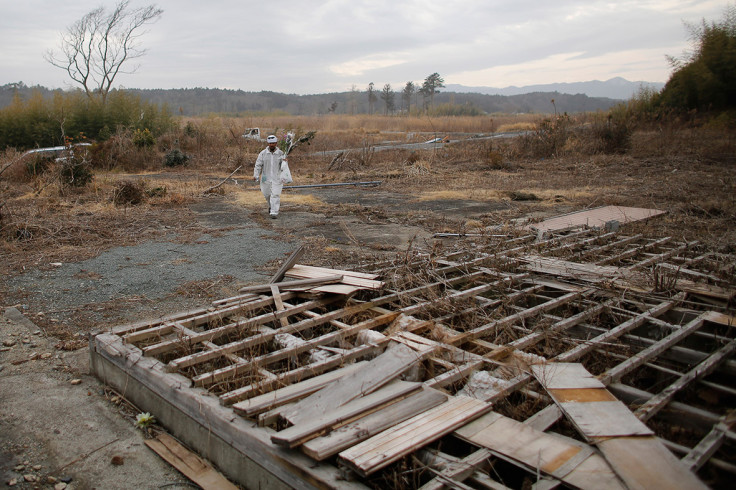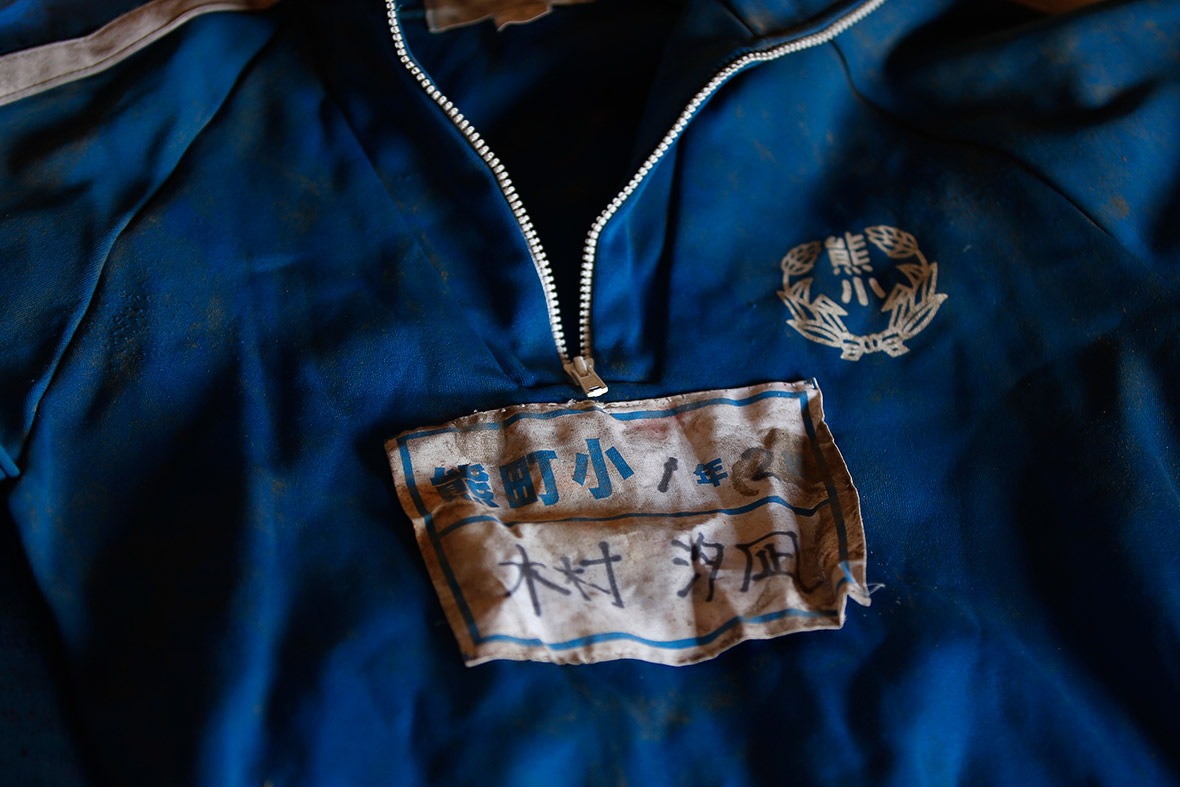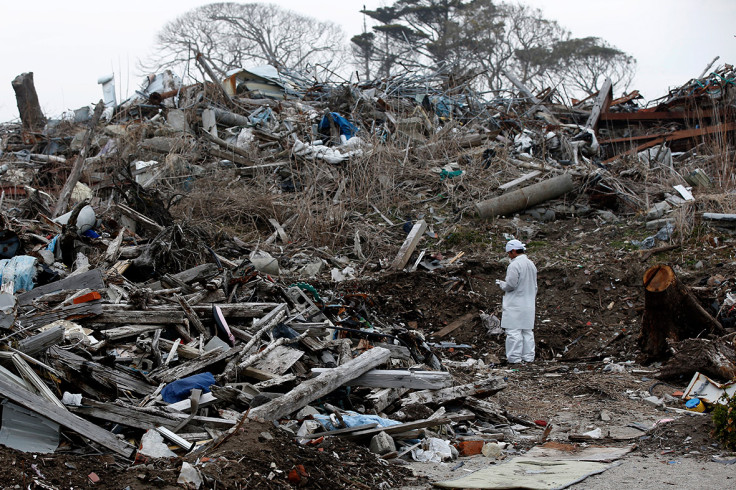Japan: Dealing with radioactive waste four years after tsunami hit Fukushima nuclear power plant
Norio Kimura lost his wife, father and seven-year-old daughter Yuna in the tsunami that devastated Japan on 11 March 2011. Now he fears he may lose his land, too, as the Japanese government wants to build a sprawling radioactive waste storage site in the shadow of the wrecked Fukushima nuclear plant.

Like many here, Kimura is angry that the government is set to park 30 million tons of radioactive debris raked up after the nuclear accident on his former doorstep. Few believe Tokyo's assurances that the site will be cleaned up and shut down after 30 years.
"I can't believe they're going to dump their trash here after all we've been put through," said Kimura, 49, standing near the weathered planks on a shrub-covered hill that represent all that's left of his home.

Kimura was forced to abandon searching for his family in the frantic hours after the tsunami and ordered to evacuate after explosions rocked the Fukushima complex, just 3km from his home.
Months later, he found the bodies of his wife and father. But all he has left of Yuna are some clothing and a blackened soft toy he found tangled in a heap of debris.



Four years after the earthquake and tsunami disaster, Kimura still returns to his hometown and combs the deserted beach for Yuna's body - in five-hour stints, the maximum allowed under radiation health guidelines.
The 2011 earthquake and subsequent tsunami tore through coastal towns in northern Japan and set off meltdowns at Tokyo Electric Power's Fukushima Daiichi plant.
Japan has since allocated more than $15bn (£10bn) to an unprecedented project to lower radiation in towns around the plant, such as Okuma. Every day across Fukushima prefecture, teams of workers blast roads with water, scrub down houses, cut branches and scrape contaminated soil off farmland.

That radioactive rubbish now sits in blue and black plastic sacks across Fukushima, piled up in abandoned rice paddies, parking lots and back yards.
Japan plans to build a more permanent storage facility over the coming years in Okuma and Futaba, another now-abandoned town close to the Fukushima nuclear plant – despite the opposition of some local residents.





Fukushima's governor agreed to take the waste facility after Tokyo said it would provide $2.5bn in subsidies, and promised to take the waste out of the prefecture after 30 years.
Mayors of Futaba and Okuma have since agreed to host the 16 square km (6.2 square mile) facility – about five times the size of New York's Central Park.



Some 2,300 residents who own plots of land in Futaba and Okuma which the government needs for the waste plant face what many describe as an impossible choice. The storage site will be built if the government can lease or buy enough land.
Distrust of government promises runs deep among residents here. The government has hired around 140 real estate representatives to negotiate land sales with individual owners.

Kimura, who has moved to Nagano prefecture, knows it's only a matter of time before they knock on his door. He has vowed not to take their deals.
© Copyright IBTimes 2024. All rights reserved.






